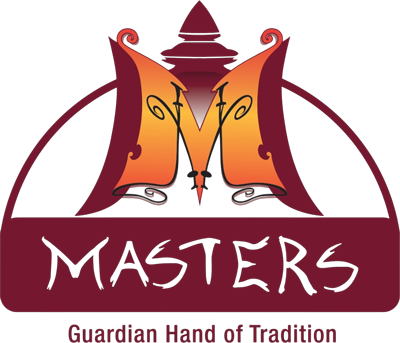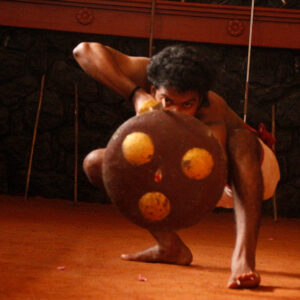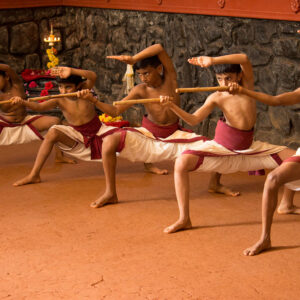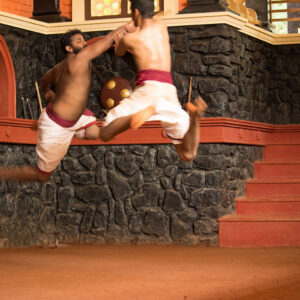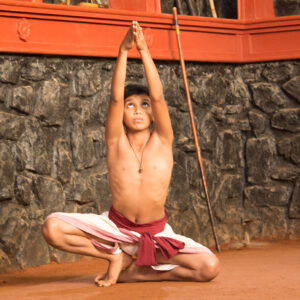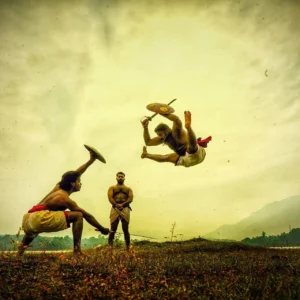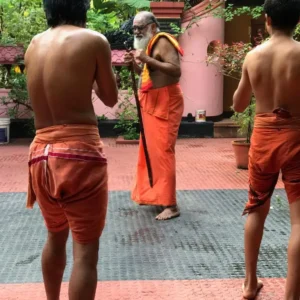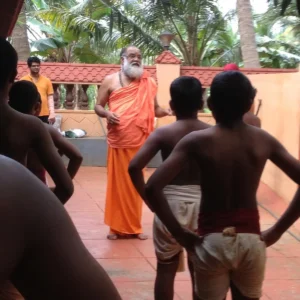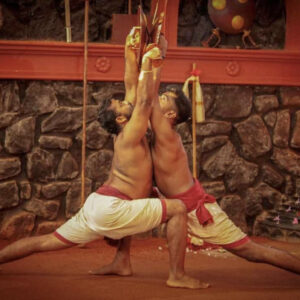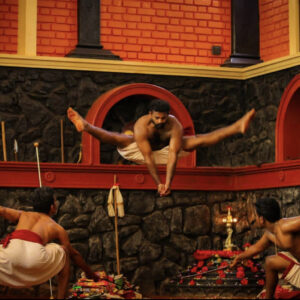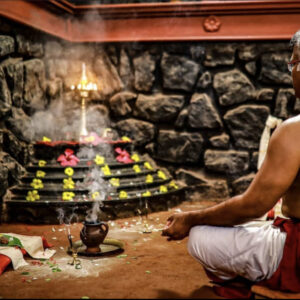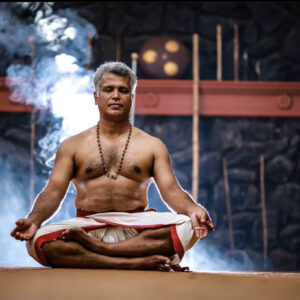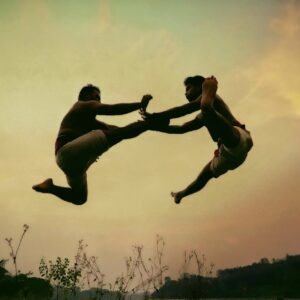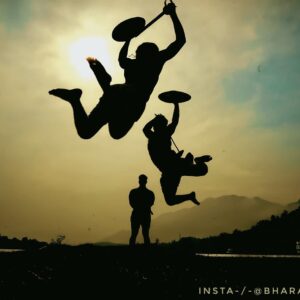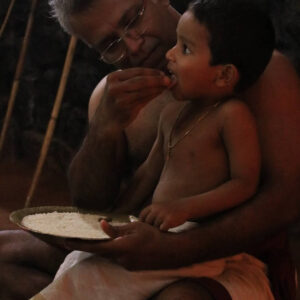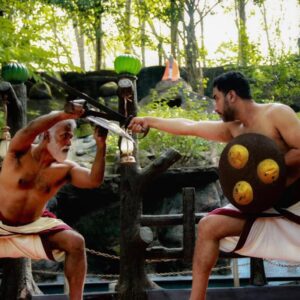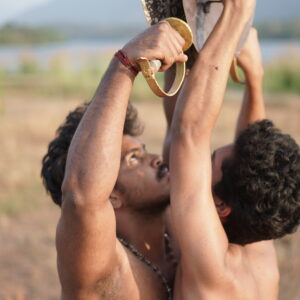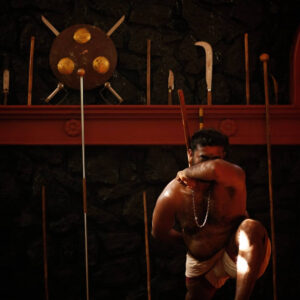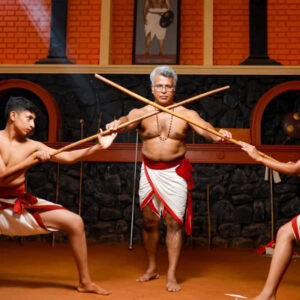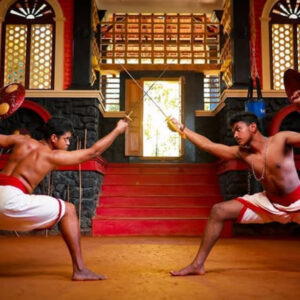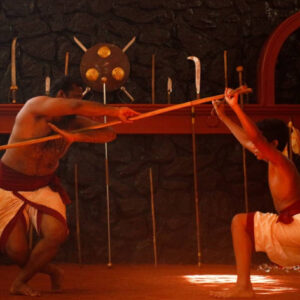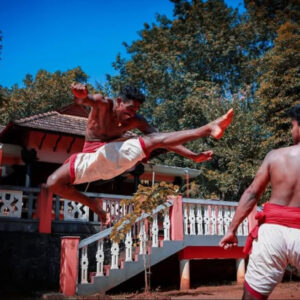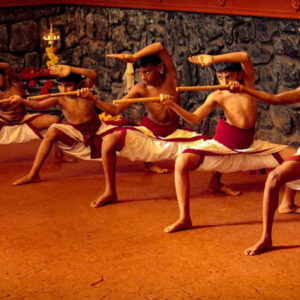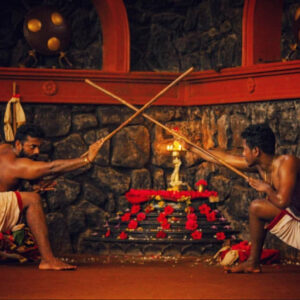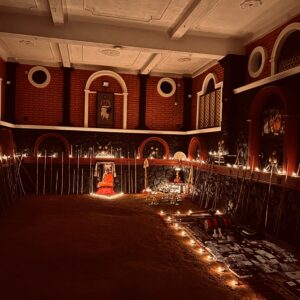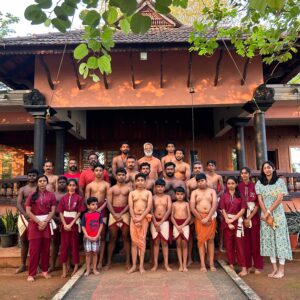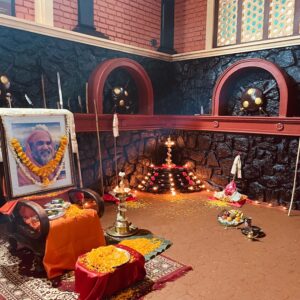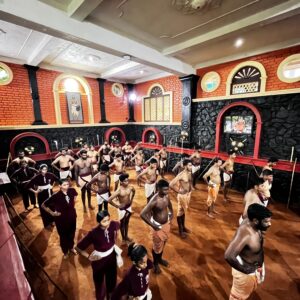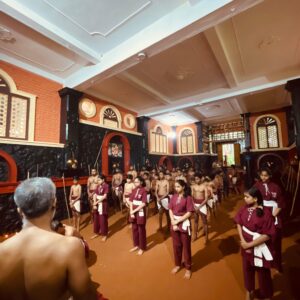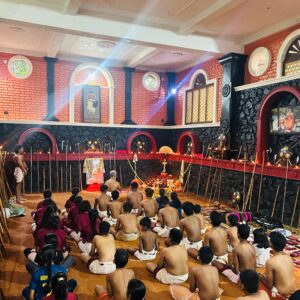The Kalari
The Masters Klari Heritage is the esteemed home of the internationally recognized Indian School of Martial Arts (ISMA), a revered institution dedicated to the practice and instruction of the ancient martial art of Kalaripayattu.
Founded in 1983 by Guru Balachandran Nair, ISMA was established to pass on the knowledge of Indian Martial Arts to future generations. The following year, Guruji launched a martial arts training school in Thodupuzha. Over the years, ISMA has trained thousands of students globally and has gained significant recognition through various documentaries and films. In 1993, ISMA Vazhuthacaud was inaugurated in Trivandrum city. With the opening of the Ashram in 2003, the headquarters relocated to Parasuvykal Parasshala, now known as Klariyil Dharmikam.
In 2004, a residential center for training and treatment was established in Thodupuzha-Muttom, and in 2016, the Kuzhi Kalari was realized. All centers welcome students eager to learn Kalaripayattu, as well as individuals seeking treatment for various ailments.
The Tradition of Kalaripayattu
Kalaripayattu is acknowledged as the oldest martial art still in practice today, with origins dating back over 12,000 years. The name derives from the Sanskrit term ‘Khaluriga,’ which means warfare. This martial art is considered one of the most dangerous due to its focus on harnessing power and speed to strike the body's ‘marma’ (pressure) points. Traditionally, it is believed to have emerged from the Dhanurveda, which includes all forms of combat. Additionally, it is classified as one of the eighteen traditional fields of knowledge as outlined in the Vishnu Purana.
Origins of the Kalaripayattu tradition
Kalaripayattu, a martial art form, has its roots in the Southern Indian state of Kerala, where it is said that Lord Parashuram, the sixth avatar of Vishnu, rose from the sea. To protect this region, Parashuram shared his knowledge of Kalaripayattu with 21 disciples, whom he sent to various parts of Kerala. Consequently, Keralites view Kalaripayattu as a sacred martial art, capable of defending their homeland. This art has been passed down through generations, preserving its core principles from its origins to the present day.
In the fifth century, the Buddhist monk Bodhidharma brought Kalaripayattu to China, where it became a foundational influence on Chinese martial arts. Upon its introduction, practitioners in China blended Kalaripayattu with existing fighting styles, leading to the evolution of Kung Fu.
In the tenth century, the Portuguese explorer Durad Barbossa recorded his observations of Nair warriors practicing Kalaripayattu in his travel accounts. This martial art is intricately linked to the heritage, honor, and culture of India, especially among the Keralites. The warrior community regarded the defense of their nation as a noble endeavor, embracing the art as a fundamental right. Historically, the armies of Travancore utilized these techniques in various battles, including three encounters with the Dutch Navy. Prominent figures like Veluthamp Dalawa and Pazhassi Raja employed these martial skills against British forces. The British, feeling threatened by these freedom fighters, banned the practice of martial arts during their colonial rule, compelling those who wished to preserve Kalaripayattu to train in secrecy.
The Two Schools
There are two prominent teaching traditions in Kalaripayattu: the Northern and Southern schools. The Northern tradition focuses on a progression that begins with body exercises, advances to weapon combat, and culminates in unarmed fighting techniques. In contrast, the Southern tradition venerates the sage Agastya as its patron saint, renowned for his legendary strength and meditative powers. This tradition places a strong emphasis on footwork, movement, and the ability to target the 'marmas'—the 108 critical points on the opponent's body that are particularly vulnerable.
Practitioners of Kalaripayattu not only learn self-defense and combat skills but also engage in a holistic training of both body and mind, reflecting the spiritual essence of the art. The synchronization of body and mind is vital for the practitioner's spiritual development. Thus, Kalaripayattu plays a significant role in addressing the underlying causes of moral decline. Furthermore, it contributes to societal well-being by nurturing physically and mentally robust individuals, ultimately cultivating confident, respected, and disciplined citizens of India.
Currently, the legacy of Kalaripayattu is upheld and celebrated by esteemed masters, including our Satguru Hanuman Das, who have devoted their lives to preserving this tradition for future generations.
This training program is structured in a progressive manner, requiring both discipline and commitment from participants. It consists of multiple levels, with a general timeline outlined below that reflects the students' ability to grasp the principles of the practice and demonstrate proficiency at each stage. Following the completion of each level, a test will be administered to evaluate student performance.
Kalaripayattu Training Courses
It's a step-by-step training schedule demanding discipline and dedication. It advances through different levels and a general timeline is provided below based on students’ ability to understand the tenants of the practice and demonstrate mastery of the level. After each level, a test will be conducted to assess student performance.
1. Basic Level
Focuses on various fitness routines, flexibility exercises, and unarmed techniques, enabling students to gain control over their body movements.
2. Intermediate Level
Students work on enhancing their agility, flexibility, and coordination. They begin to incorporate training with blunt weapons.
3. Advanced Level
This stage includes training with blunt weapons such as Kuruvadi and Long session staff/Neduvadi, as well as sharp weapons like daggers and kathi. Basic training in marma, or vital points, is also introduced.
4. Instructor Level
This level emphasizes mastery in the use of advanced weapons and a deeper understanding of marma points.
| Levels | Duration | Practices |
|---|---|---|
| Basic Level 1 | 3-4 months |
|
| Basic Level 2 | 6 months |
|
Benefits of Kalaripayattu in combination with Kalari Chikilsa Treatment programs:
- Improves strength, balance, and flexibility.
- Improves skeletal alignment, which can aid in back pain relief.
- Tones and strengthens muscle, which can ease joint pain.
- Increases metabolism.
- Reduces stress, and aids in sleep.
- Improves energy through deep breathing and improved oxygen levels which can help stabilize mood.
- It helps one manage stress through the focus of the breath, gaze, and body movement synchronicity.
- It connects you with a supportive community.
- Promotes discipline which aids in all aspects of self-care.
Indian School of Martial Arts
I S M A Klari- Masters Kalari Heritage. We pay tribute to our Guru Dharmmannda Swaroopa Swamikal, who founded the International School of Martial Arts (ISMA) in 1984. This institution is ideally situated in the tranquil surroundings near the Malankara Reservoir in Muttom-Thodupuzha. Over the years, the school has successfully trained numerous students globally and has been featured in various documentaries and esteemed magazines. ISMA continues to offer kalaripayattu training for individuals of all ages and provides traditional Ayurvedic kalari chikilsa for patients. Those interested in enrolling for kalari training or treatments can reach out through the general office number listed in the contact information.
Registration
Contact us through the website or in person at the ISMA Office.
Expectations
All students are expected to maintain the decorum as detailed in the Isma kalari Ethics Statement.
We do not support or encourage the use of this martial arts for any purpose other than its spiritual and physical well-being.
Students are strictly forbidden to use illicit drugs, smoking, etc. and, use of this could result in immediate termination.
We strictly forbid any political, religious, or other discussions within the school premises.
We strictly forbid discriminatory behavior based on age, sex, race, or ethnicity.
Since both males and females practice together, we require the utmost respect from all students and any derogatory statement or communication will result in immediate termination.
All students are expected as part of their learning to do seva or volunteer service within the kalari premises.
© 2025 Masters Kalari Heritage. All rights reserved.
Privacy Policy
